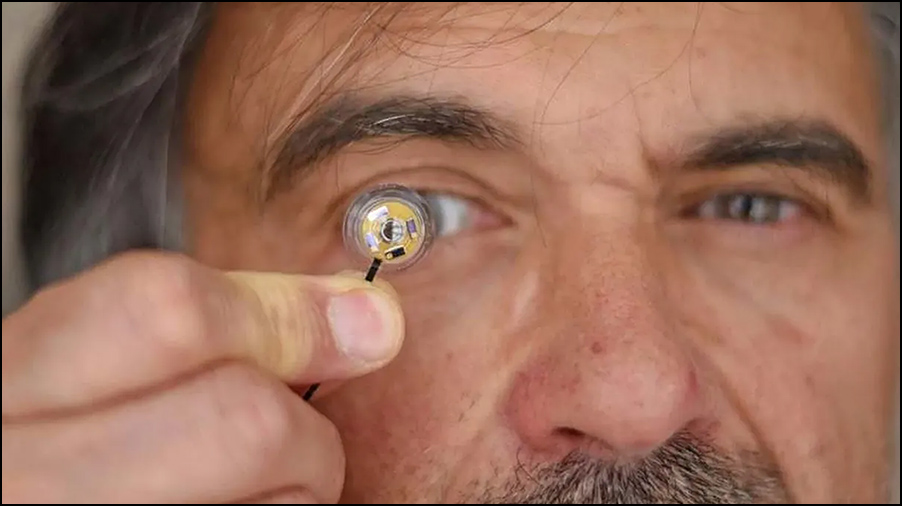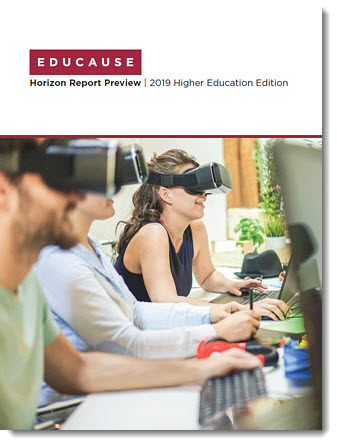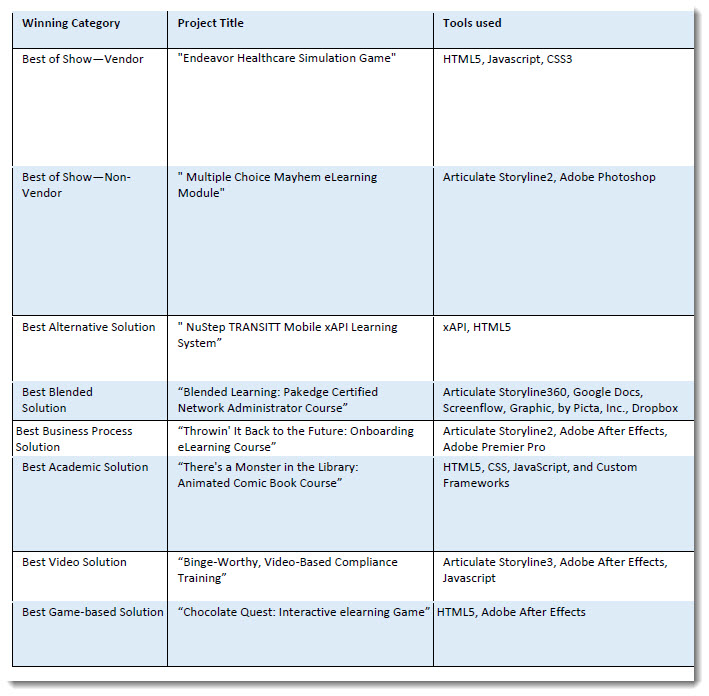From DSC:
The following item is especially meant for students as well as those who haven’t tried to find a job in recent years.
Job search in the age of artificial intelligence – 5 practical tips — from forbes.com by Bernard Marr
Excerpt:
If you haven’t searched for a job in recent years, things have changed significantly and will continue to evolve thanks to artificial intelligence (AI). According to a Korn Ferry Global survey, 63% of respondents said AI had altered the way recruiting happens in their organization. Not only do candidates have to get past human gatekeepers when they are searching for a new job, but they also have to pass the screening of artificial intelligence that continues to become more sophisticated. Recruiting and hiring new employees is an expensive endeavor for organizations, so they want to do all that’s possible to find candidates who will make valuable long-term employees for a good return on their recruitment investment.















